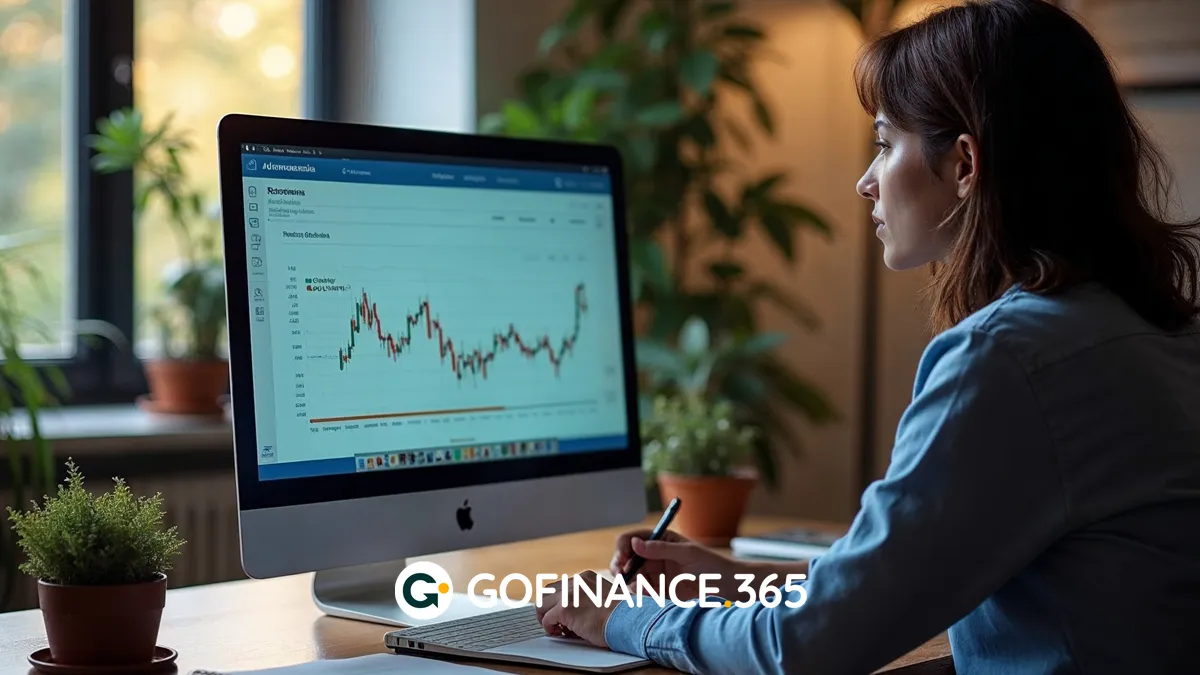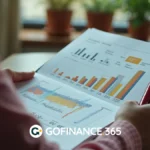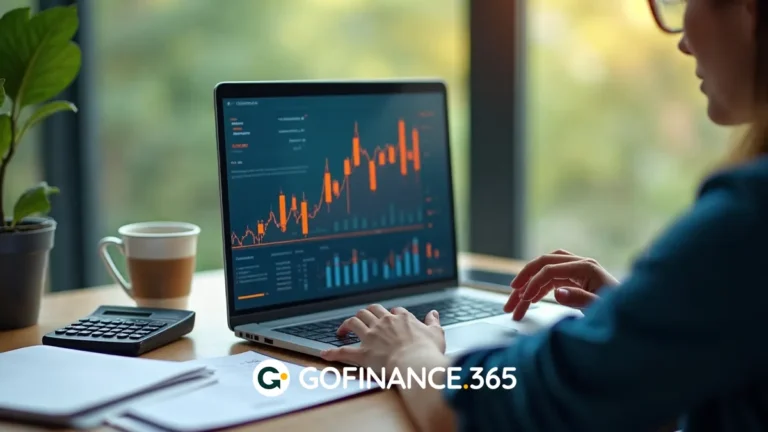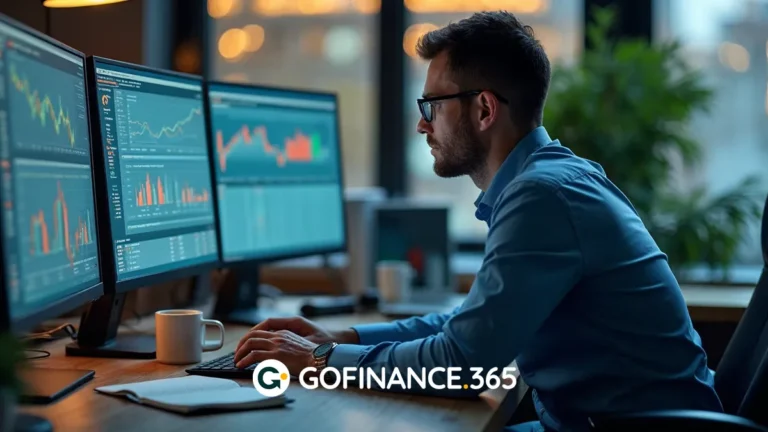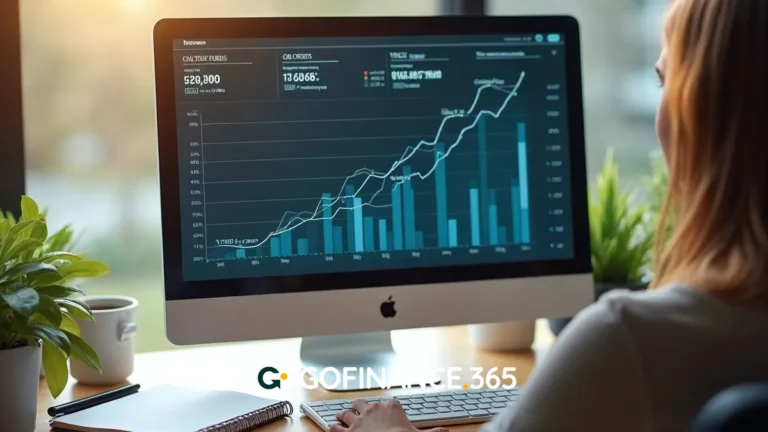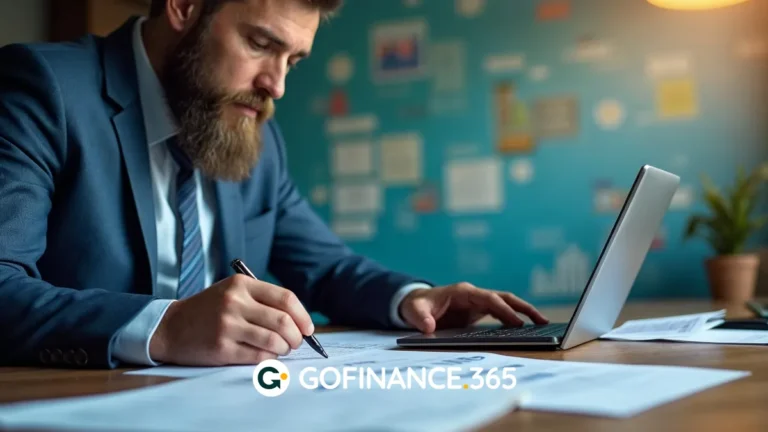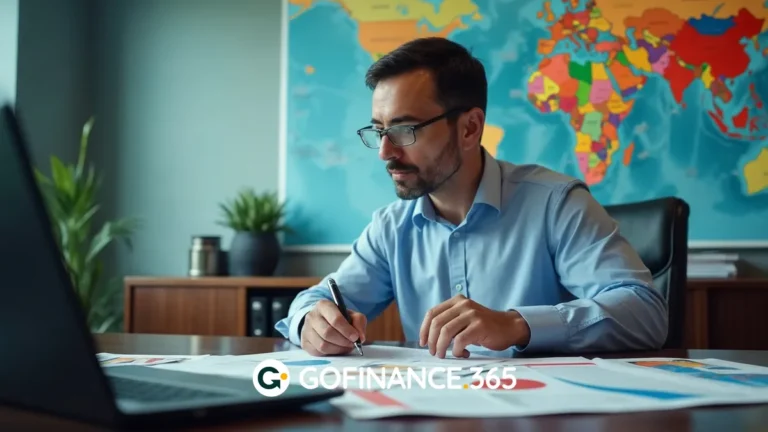Table of Contents:
Did you know that if you invest just $100 today and let it grow at 8% per year, in 40 years you could have more than $2,000 without adding anything else? This is the power of compound interest. In this post, you will discover how to create your first global investment portfolio with just $100, step by step, so you can get started today without fear or excuses.
If you’ve always thought that investing is only for the rich or experts, here you’ll learn how to break that myth and take your first steps with confidence and strategy.
Why invest even if you only have €100/$100
Investing is not a privilege exclusive to those with large amounts of capital. In fact, starting with little money can be the best decision for your financial future, as it allows you to learn without exposing large amounts and to use time to your advantage.
In addition, today’s investment platforms allow you to buy fractions of global assets, diversifying without needing thousands of euros or dollars up front.
The power of compound interest on small investments
Compound interest means that your earnings generate new earnings, creating a snowball effect on your money. Even if you invest only €100/$100, if you keep it for years and continue to add small amounts, you will see exponential growth.
For example, if you invest €100/$ and add €25/$ each month with an average annual return of 8%, in 30 years you could exceed €35,000.
Advantages of starting early rather than accumulating large amounts
Waiting to “have more money” to invest is a common mistake. If you start young, even with a small amount, time will multiply your results. Every year you put off investing is equivalent to losing growth potential without any additional effort.
In addition, starting small allows you to learn from your mistakes with low risk and gain experience to handle larger amounts in the future.
First steps before investing your first €100/$100
Before investing, you need to organize your finances and define a plan. It’s not about putting your money into any platform without understanding your goals and risks.
Here are the key steps you should take before making your first investment.
Define your goals and investment time horizon
Ask yourself: Why am I investing this money? Is it for my retirement, for a trip in 5 years, or just to start learning? Also define your time horizon: short (1-3 years), medium (3-7 years), or long term (more than 7 years).
This will determine the type of assets that are best suited for you.
Know your risk profile: conservative, moderate, or aggressive
Your risk tolerance depends on your age, job stability, personality, and goals. A conservative investor prioritizes safety and liquidity, while an aggressive investor seeks high returns and tolerates temporary declines.
Take risk profile tests with brokers or financial apps to identify your category and adjust your portfolio.
Choose a reliable online broker with low commissions
Select a broker regulated in your country or in the EU/USA if applicable, with low commissions and the ability to invest small amounts. Research their reputation, deposit methods, customer service, and educational tools.
How to build a diversified portfolio with little money
With €100/$100, you can diversify if you choose the right assets. The key is to minimize risk by spreading your investment across different areas and sectors.
Here are the best options for creating your first diversified portfolio.
Invest in global and diversified ETFs (such as MSCI World)
ETFs (exchange-traded funds) allow you to buy hundreds of global stocks in a single product. For example, the ETF that tracks the MSCI World Index gives you exposure to more than 1,500 companies in developed countries.
With ETFs, you reduce the risk of relying on a single company or country and gain access to global growth with very low fees (0.10%–0.25% per year).
Consider fixed income funds to balance risk
If you prefer to reduce volatility, allocate a percentage of your $100 to a fixed income fund, such as global or government bonds. Although they offer lower returns than equities, they stabilize your portfolio against sharp declines.
A classic allocation for moderate profiles is 70% in equities (global stocks or ETFs) and 30% in fixed income.
Equity options for long-term growth
If you have a more aggressive profile and your time horizon is longer than 10 years, you can allocate a large portion of your investment to equities. This includes emerging market ETFs or technology sectors with high historical returns.
However, remember that their volatility is high, but so is their long-term growth potential.
Practical example of a starting portfolio with €100/$100
Here is a clear and realistic example to get you started with your first €100/$ and lay a solid foundation for your financial growth.
Recommended distribution to minimize risk and maximize returns
- €70/$ in an MSCI World ETF (global developed equities).
- €/$20 in a global fixed income ETF (government bonds and solid companies).
- €/$10 in an emerging markets or technology sector ETF, if your profile tolerates more risk.
This distribution diversifies your money globally and by asset type, balancing growth and stability.
How to automate small monthly contributions to grow your portfolio
Once you start with $100, set up automatic transfers to invest $25 or $50 per month. This takes advantage of dollar-cost averaging and reduces the risk of buying everything at a market peak.
With discipline and consistency, your portfolio will grow exponentially.
Tips for growing your portfolio successfully
Investing is a marathon, not a sprint. Here are the most important tips for seeing sustainable results over time.
Rebalance periodically based on performance and your goals
Every 6 to 12 months, review the distribution of your portfolio. If an asset has grown significantly and now represents more than the percentage you defined, rebalance by selling a portion and buying other assets to maintain balance.
This reduces risk and maximizes your net returns.
Invest consistently and maintain discipline over the long term
The market goes up and down, but those who invest consistently over decades are the ones who make the most money. Stay disciplined even in times of crisis and don’t panic.
Patience is every investor’s best friend.
Consider professional advice if your portfolio grows
When your portfolio exceeds several thousand euros/dollars, consider hiring a certified financial advisor to optimize your strategy, taxation, and estate planning.
Investing in advice can multiply your long-term results and prevent costly mistakes.
Frequently asked questions about global investing with little money
Here we will answer the most common questions so that you can invest safely and confidently from your first step.
Is it better to invest everything in a global ETF or divide it among several assets?
For an initial investment of $100, a single global ETF (such as MSCI World) already gives you sufficient diversification. As your portfolio grows, it is a good idea to divide it into fixed income, emerging markets, or specific sectors for greater balance.
What are the risks of investing $100?
The main risk is market volatility: the value may temporarily decline. However, if you hold your investment for the long term, the probability of losses is greatly reduced. Only invest money that you don’t need in the short term.


